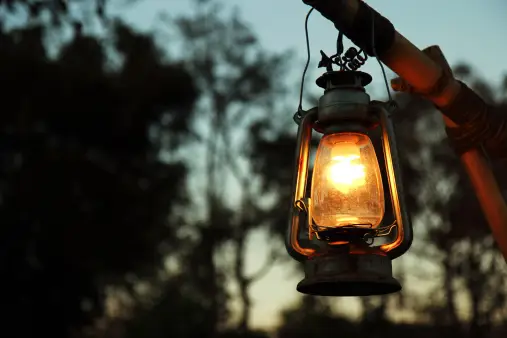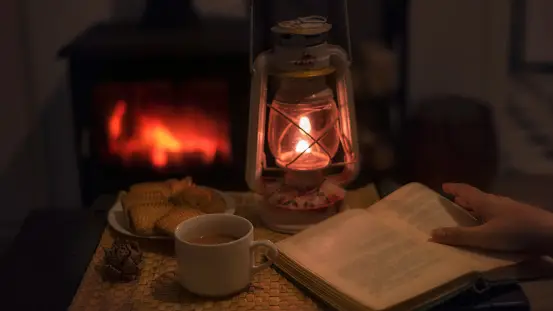Camping lights are indispensable tools for any camper, providing essential illumination during nighttime adventures in the great outdoors. To make the most of your camping lights and ensure a safe and enjoyable camping experience, consider these tips for using them effectively.
1. Plan Your Lighting Needs
Before embarking on your camping trip, plan how you’ll use your camping lights. Identify areas that require illumination, such as the campsite, cooking area, and inside your tent. Knowing your lighting needs will help you choose the right types and quantities of lights to bring.
2. Choose the Right Light for the Task
Different camping lights serve various purposes. Use headlamps for hands-free tasks like cooking or reading, lanterns for overall campsite illumination, and flashlights for navigating trails or finding items in your backpack. Having a variety of lights ensures you’re prepared for different situations.
3. Light Placement Matters
Where you place your camping lights can significantly impact your campsite’s ambiance and functionality. Here are some placement tips:
- Lanterns: Hang lanterns from a tree branch, inside your tent, or use a freestanding lantern to create even illumination throughout the campsite.
- Headlamps: Wear your headlamp to keep your hands free while performing tasks. Avoid shining it directly into other campers’ eyes.
- Flashlights: Use flashlights strategically to spotlight specific areas or objects. Keep them handy for quick access.
4. Use Dim Lighting When Appropriate
Bright lighting isn’t always necessary or desirable. To preserve the natural beauty of the night sky and avoid disturbing wildlife, consider using lights with dimmer settings or red light modes. Red light is less likely to disrupt your night vision and won’t attract bugs as much as white light.
5. Energy Management
Keep an eye on the battery life or runtime of your camping lights. If you’re camping for an extended period, carry spare batteries or a portable charger for rechargeable lights. Save energy by turning off lights when not needed.
6. Emergency Lighting
Camping lights can also serve as emergency lighting. Make sure you have a fully charged light with you when venturing away from the campsite at night. It can be a lifesaver in unexpected situations.
7. Respect Campground Rules
If you’re camping in a designated campground, be aware of any specific rules or guidelines regarding lighting. Some campgrounds may have restrictions on the use of bright lights during quiet hours to maintain a peaceful atmosphere for all campers.
8. Properly Store Your Lights
When not in use, store your camping lights in a dry and secure location. This will protect them from damage and ensure they’re ready for your next adventure.
Camping lights are valuable tools for campers of all experience levels. By planning ahead, choosing the right lights, and using them thoughtfully, you can create a safe and inviting campsite where you can enjoy the beauty of the outdoors even after the sun sets.




